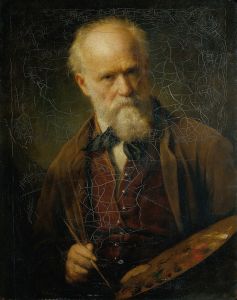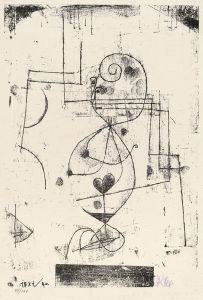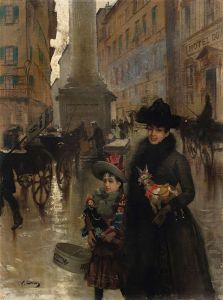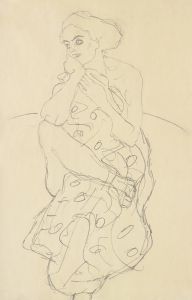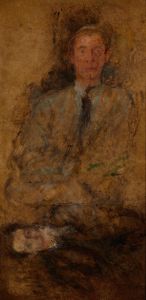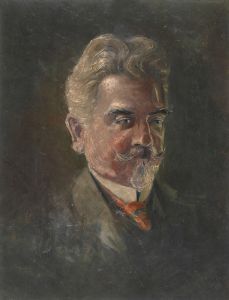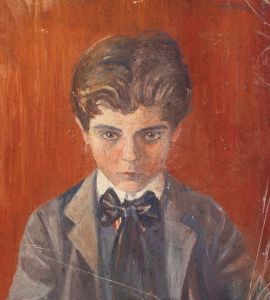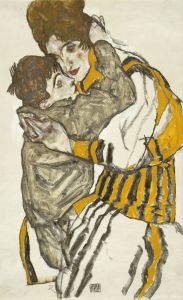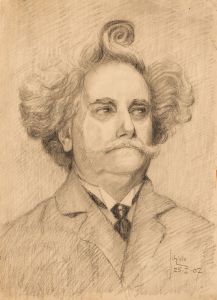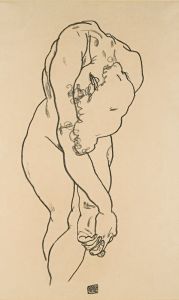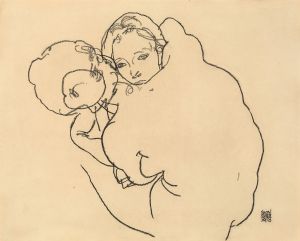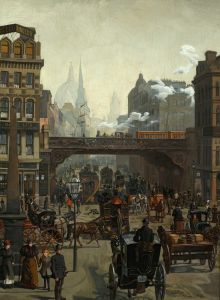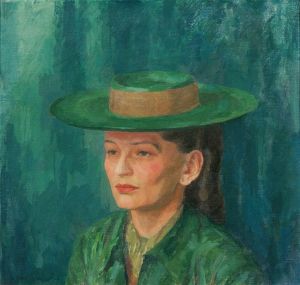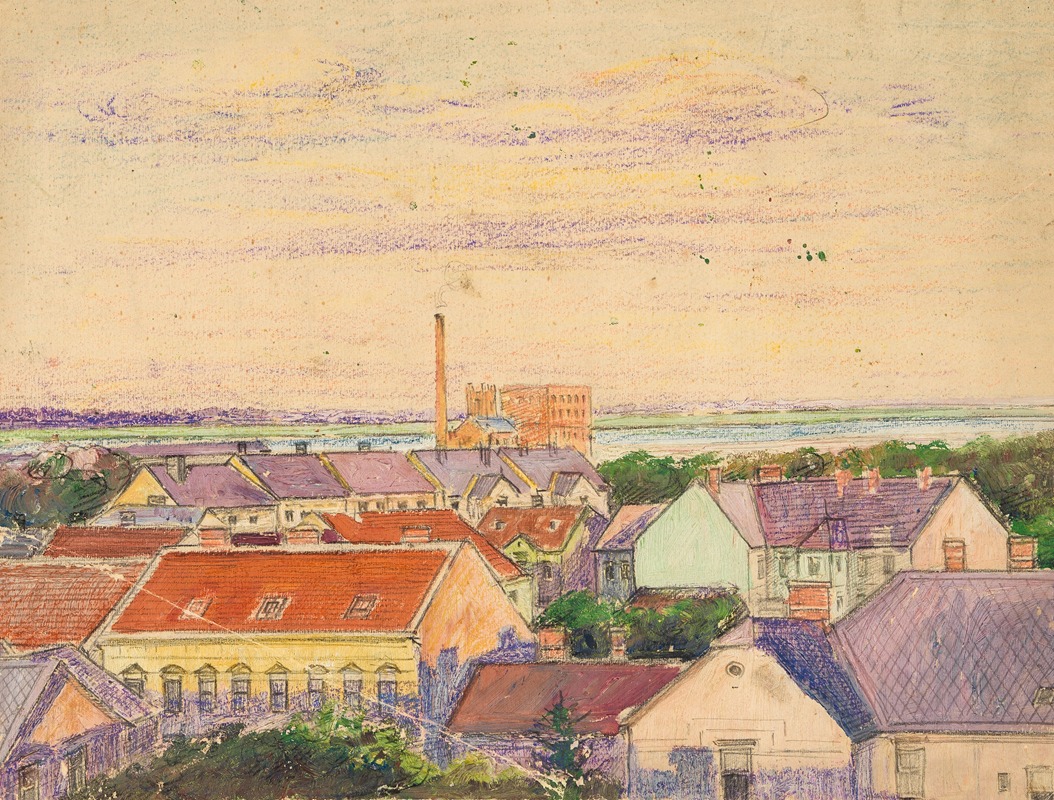
Stadtansicht
A hand-painted replica of Egon Schiele’s masterpiece Stadtansicht, meticulously crafted by professional artists to capture the true essence of the original. Each piece is created with museum-quality canvas and rare mineral pigments, carefully painted by experienced artists with delicate brushstrokes and rich, layered colors to perfectly recreate the texture of the original artwork. Unlike machine-printed reproductions, this hand-painted version brings the painting to life, infused with the artist’s emotions and skill in every stroke. Whether for personal collection or home decoration, it instantly elevates the artistic atmosphere of any space.
"Stadtansicht" (Cityscape) is a painting by the Austrian Expressionist artist Egon Schiele, created in 1917. Schiele, born in 1890, was a protégé of Gustav Klimt and is known for his intense and often provocative works, which include numerous self-portraits, portraits, and landscapes. His style is characterized by its raw emotional intensity, bold use of color, and distinctive, often distorted, forms.
"Stadtansicht" is a notable example of Schiele's landscape work, which, while less famous than his figurative pieces, still showcases his unique artistic vision. The painting depicts a densely packed urban scene, likely inspired by the towns and cities of Austria, where Schiele spent much of his life. The buildings are rendered in a manner that emphasizes their geometric forms, with a focus on the interplay of light and shadow. Schiele's use of color in this work is particularly striking, with a palette that includes rich earth tones and vibrant highlights, creating a sense of depth and movement within the static architecture.
The composition of "Stadtansicht" reflects Schiele's interest in the structural aspects of the urban environment. The buildings appear almost to be stacked upon one another, creating a sense of claustrophobia and confinement that is heightened by the lack of visible human figures. This absence of people is a recurring theme in Schiele's landscapes, suggesting a focus on the built environment itself rather than its inhabitants. The painting's perspective is slightly skewed, a technique Schiele often employed to convey a sense of unease and instability.
Schiele's work, including "Stadtansicht," was heavily influenced by the socio-political context of early 20th-century Europe. The period was marked by significant upheaval, including the lead-up to and aftermath of World War I. This sense of turmoil is often reflected in Schiele's art, which frequently explores themes of existential angst and the fragility of human existence. "Stadtansicht" can be seen as a reflection of these broader concerns, with its depiction of an urban landscape that is both imposing and precarious.
Egon Schiele's career was tragically cut short when he died of Spanish flu in 1918 at the age of 28. Despite his brief life, he left behind a substantial body of work that continues to be celebrated for its emotional depth and technical innovation. "Stadtansicht" remains an important piece within his oeuvre, illustrating his ability to convey complex psychological and social themes through the medium of landscape painting.
Today, Schiele's works, including "Stadtansicht," are held in high regard and can be found in major museums and private collections around the world. His influence on modern art is widely acknowledged, and his paintings continue to be studied and admired for their bold expression and unique perspective.





